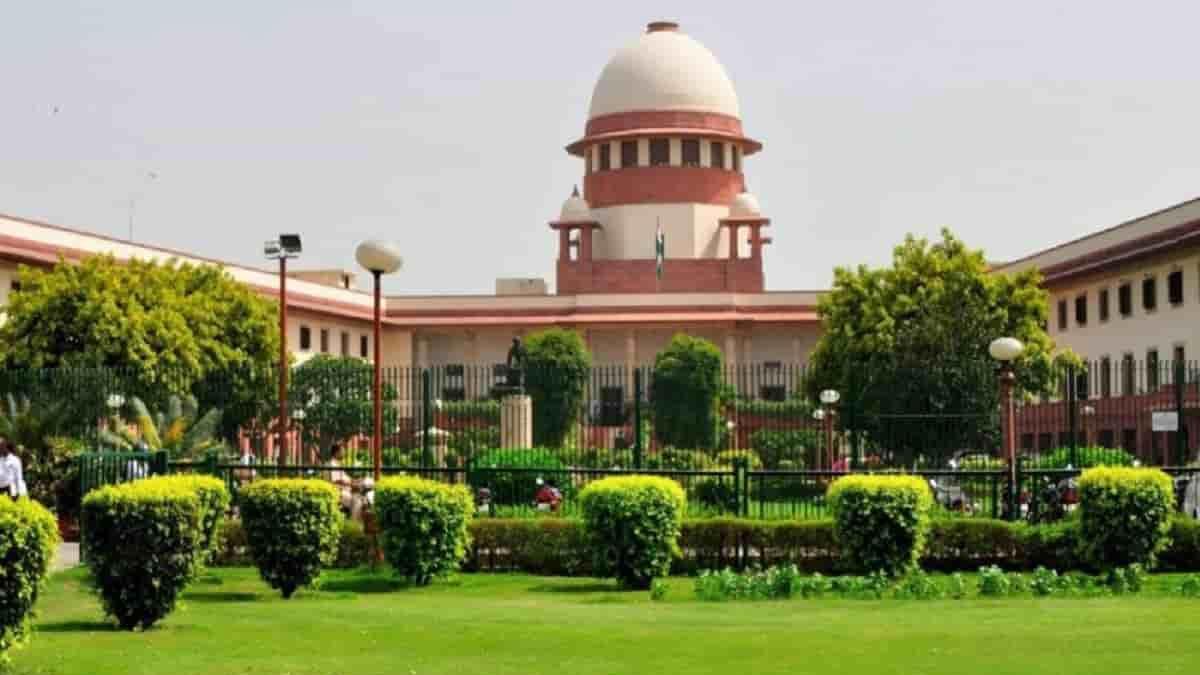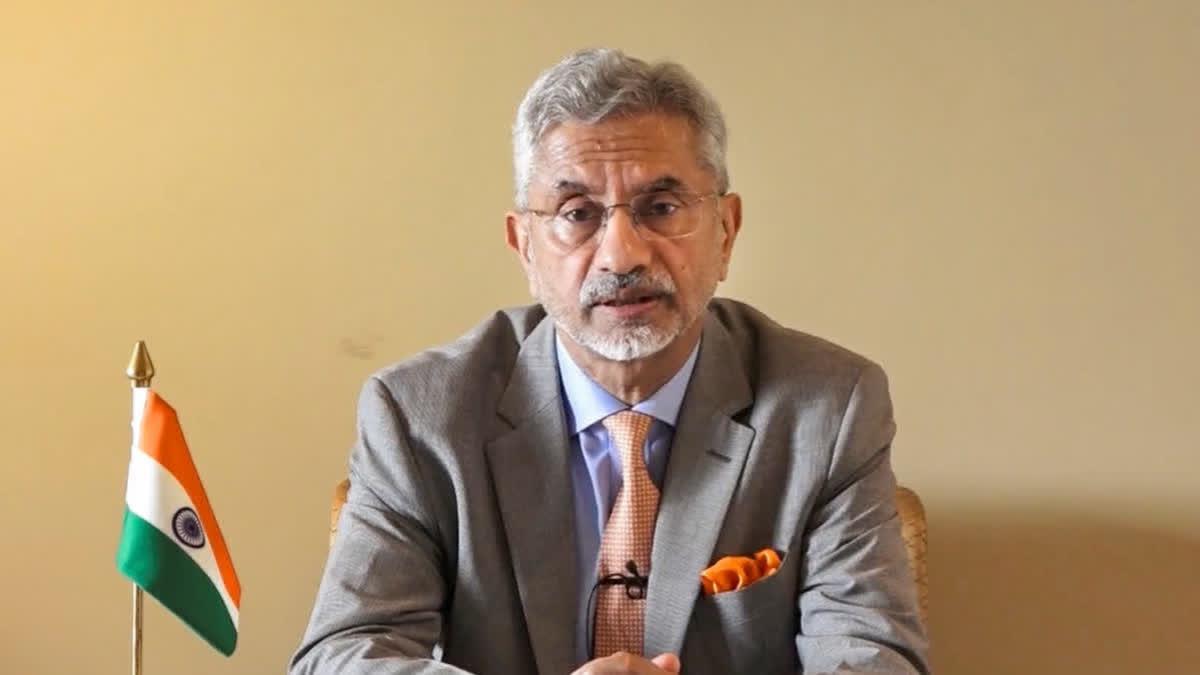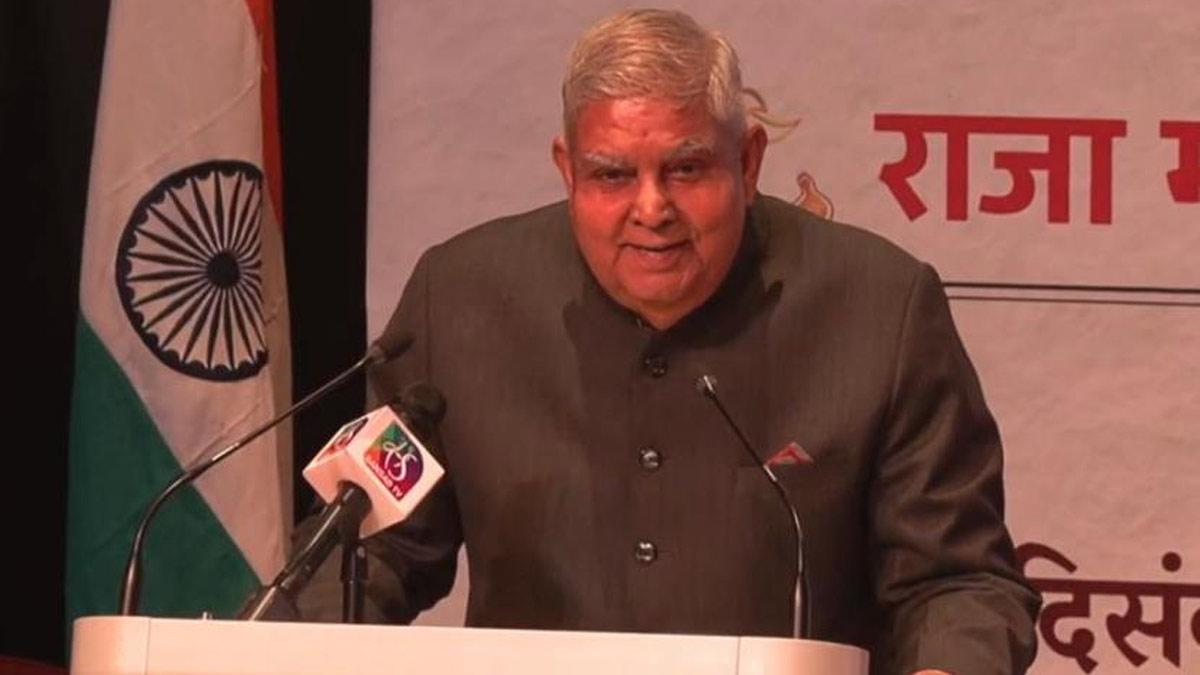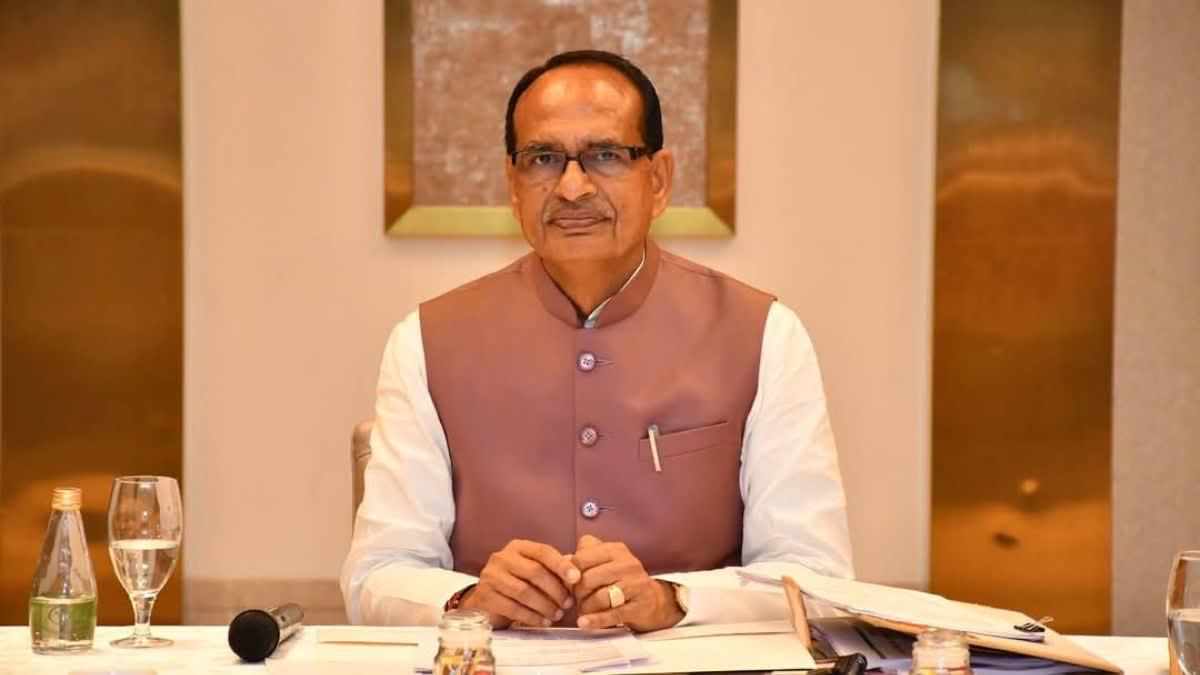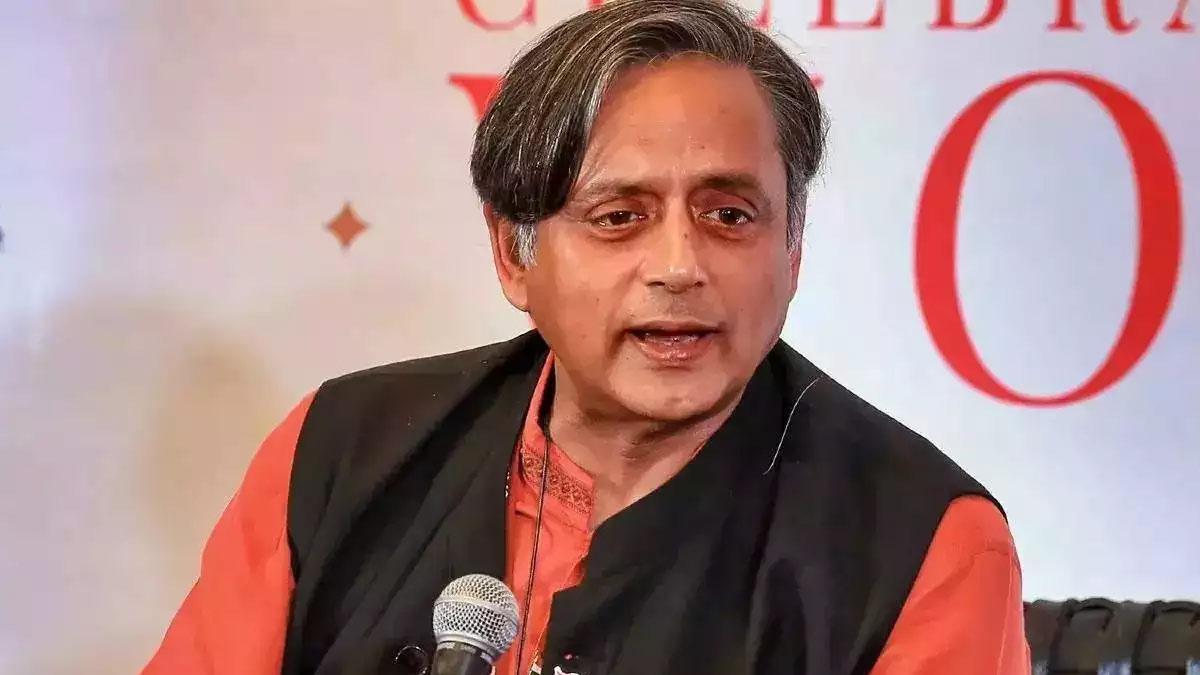The Supreme Court's decision on Friday dashed hopes for complete cross-verification of votes using Electronic Voting Machines (EVMs) alongside Voter Verifiable Paper Audit Trail (VVPAT). The court said "blindly distrusting" any aspect of the system can breed unwarranted scepticism.
Maintaining that "democracy is all about striving to build harmony and trust between all institutions." In a bid to uphold the essence of democracy, the bench, consisting of Justices Sanjiv Khanna and Dipankar Datta, delivered unified verdicts, rejecting all pleas related to the matter, including calls for reverting to the traditional ballot paper system.
The court issued two key directives. Justice Khanna directed the Election Commission to securely seal and store units used for load symbols onto EVMs for 45 days after the symbols are loaded into the electronic voting machines in strong rooms.
The court granted permission for engineers from EVM manufacturers to verify the microcontroller can be made within seven days of the declaration of results, upon the request of candidates who secured second and third positions.
"If EVM is found tampered during verification, fees paid by the candidates will be refunded," the court emphasized.
An EVM comprises three units: the ballot unit, control unit, and the VVPAT, all embedded with microcontrollers with burnt memory from the manufacturer. Currently, the Election Commission conducts random matching of VVPAT slips with EVMs at five polling booths per assembly constituency.
"While maintaining a balanced perspective is crucial in evaluating systems or institutions, blindly distrusting any aspect of the system can breed unwarranted scepticism...," said Justice Datta.
The bench went on to recommend that the Election Commission examine the possibility of incorporating electronic machines for the counting of VVPAT slips and that it also examine the advisability of introducing bar codes for the parties along with their symbols.
Three petitions before this court had been filed for the restoration of the system of the ballot paper and also to enable the voter to take the VVPAT slip and verification of the same and thereafter to be placed in the ballot box for counting, and a demand of 100% counting of the VVPAT slip. Justice Khanna confirmed that "We have rejected all of them."
Hearing the April 24 hearing, the bench clarified that "control the elections" or directions simply because doubts have been raised about the efficacy of EVM.
The petitions had alleged that EVMs could be tampered with to manipulate results.
NGO Association for Democratic Reforms, one of the petitioners, had urged the reversal of the Election Commission's 2017 decision to replace transparent glass on VVPAT machines with opaque glass, allowing voters to view the slip only when the light is on for seven seconds. The petitioners also sought the court's intervention to revert to the old system of ballot papers.
The seven-phase Lok Sabha polls commenced on April 19 and will culminate with the announcement of results on June 4.
Read also | Want 400 seats to thwart intentions of INDIA bloc, PM Modi says in Uttar Pradesh

